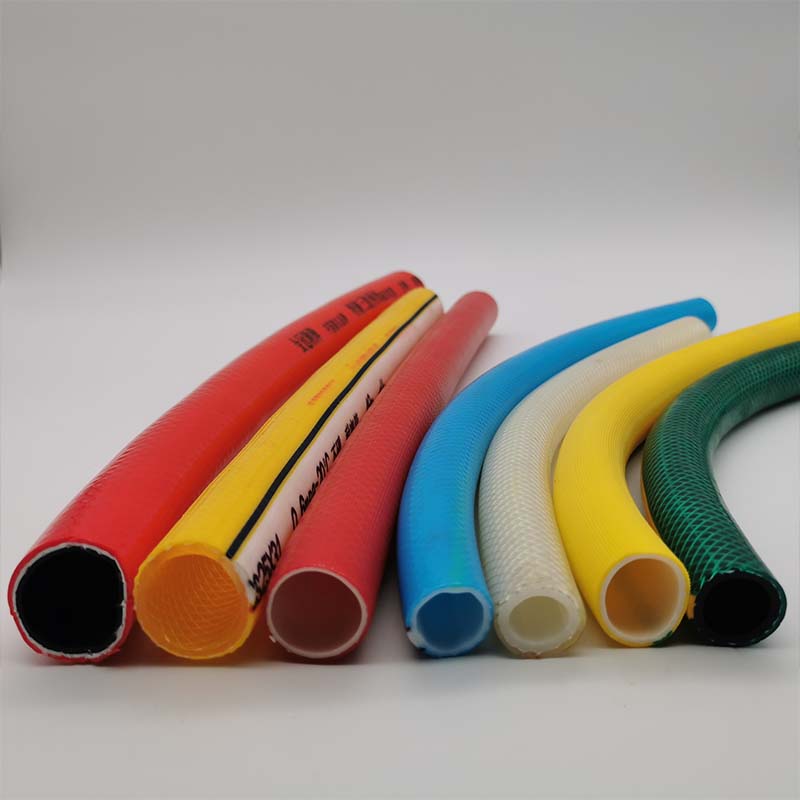Exploring the Benefits of Fiber Reinforced PVC in Modern Applications
The Rising Trend of Fiber PVC Revolutionizing Construction and Design
In recent years, the construction and design industries have witnessed a significant transformation with the introduction and adoption of Fiber PVC (Polyvinyl Chloride). This innovative material has emerged as a game-changer, combining the advantages of traditional PVC with the enhanced strength and flexibility provided by fiber technology. As demands for sustainable and durable construction materials grow, Fiber PVC stands out for its unique properties and myriad applications.
What is Fiber PVC?
Fiber PVC is a composite material that integrates PVC with fibers, such as glass or synthetic materials, to create a stronger, more resilient product. This combination enhances the physical properties of traditional PVC, making it less prone to cracking, warping, and other forms of damage while maintaining its lightweight characteristics. The additional strength provided by the fibers allows for greater versatility in various applications, from flooring to siding and even as a material for furniture.
Advantages of Fiber PVC
1. Durability One of the foremost benefits of Fiber PVC is its long-lasting nature. Unlike standard PVC, which can degrade over time due to environmental factors, the fibers in Fiber PVC provide added resistance against wear and tear. This makes it an ideal choice for external applications, such as siding and roofing, which are exposed to harsh weather conditions.
2. Low Maintenance Fiber PVC products require minimal maintenance. They do not need to be painted or treated frequently, reducing long-term upkeep costs. This durability coupled with low maintenance requirements makes Fiber PVC a cost-effective choice for both residential and commercial projects.
3. Sustainability As the world moves towards more sustainable practices, Fiber PVC offers an eco-friendly alternative in many applications. The material can be made from recycled components and can also be recycled at the end of its lifecycle. As a result, using Fiber PVC contributes to a reduction in waste and less reliance on virgin materials.
4. Versatility Fiber PVC can be used in a vast array of applications. From decorative architectural elements to practical construction materials, its adaptability is unmatched. It can be molded into various shapes and designs, allowing architects and designers to explore new possibilities in their projects.
fiber pvc

5. Cost-Effectiveness While high-quality materials often come with a high price tag, Fiber PVC provides a balance between affordability and performance. Its long lifespan means that, in the long run, it can be more economical compared to other materials that might require more frequent replacement or repair.
Applications of Fiber PVC
The applications of Fiber PVC are extensive, reflecting its adaptability. In the construction industry, it is used for
- Cladding and Siding Fiber PVC siding offers aesthetics with durability, making it a popular choice for homeowners looking to improve curb appeal without the hassle of maintenance. - Flooring With its resistance to moisture and stains, Fiber PVC is increasingly used in flooring solutions, particularly in commercial settings like hospitals and restaurants. - Fencing The lightweight yet sturdy nature of Fiber PVC makes it an excellent option for fencing solutions that require durability and low maintenance. - Furniture Designers are exploring Fiber PVC in the production of outdoor furniture, taking advantage of its weather-resistant qualities.
The Future of Fiber PVC
As technology continues to advance, the future of Fiber PVC looks promising. Innovations in fiber technology and PVC formulations are likely to yield even more efficient, environmentally friendly products. Additionally, as awareness regarding sustainable construction materials grows, Fiber PVC is poised to become a preferred choice among builders and designers.
Integrating Fiber PVC into construction and design practices not only enhances the durability and aesthetic appeal of buildings and products but also aligns with global goals of sustainability and reduced waste. In a world increasingly focused on innovation and environmental consciousness, Fiber PVC stands as a testament to what the future of construction materials can be.
Conclusion
In conclusion, Fiber PVC is not just a trend; it is a transformative material that bridges the gap between performance, aesthetics, and sustainability. Its properties make it an ideal choice for a wide range of applications, showcasing significant advantages over traditional materials. As industries continue to evolve, Fiber PVC is sure to play a crucial role in shaping the future of construction and design, leading us towards a more durable and eco-friendly environment.
-
Top Quality Oxy Acetylene Hoses for Sale Fit for Welding DemandsNewsJul.28,2025
-
The Future of Pneumatic Air Tubes in IndustryNewsJul.28,2025
-
Superior and Reliable LPG Hose Pipe Solutions for Every NeedNewsJul.28,2025
-
Exceptionally Durable and Versatile Premium Braided PVC TubingNewsJul.28,2025
-
Best Adapters for Connecting Garden Hose to PVC Pipe ConnectionsNewsJul.28,2025
-
The Essential Role of LPG Hoses in Safe and Efficient Gas DistributionNewsJul.16,2025














